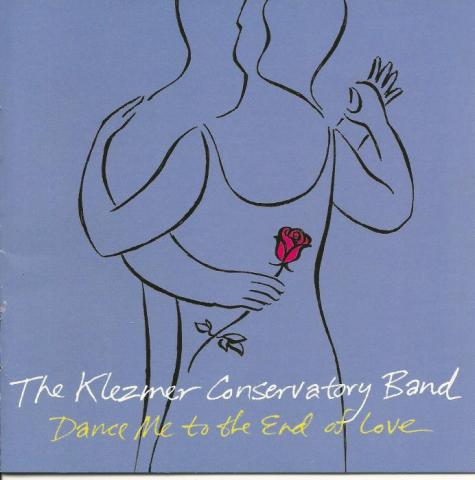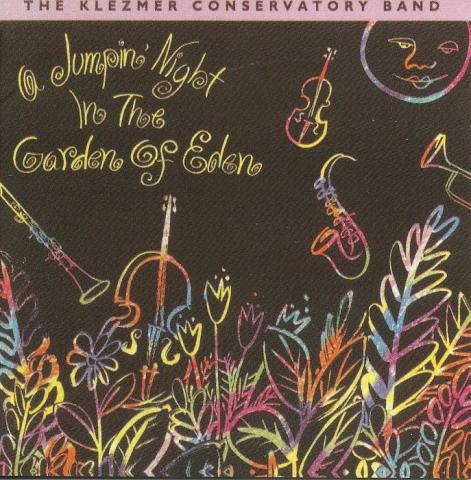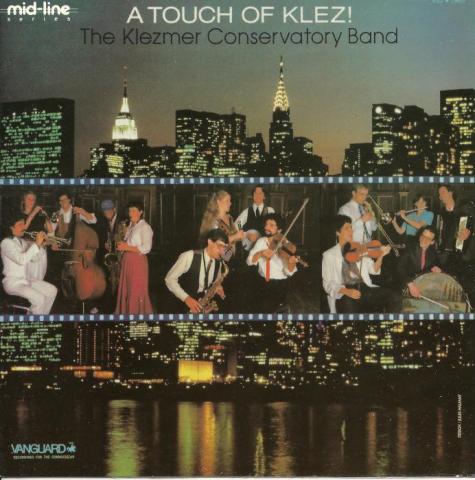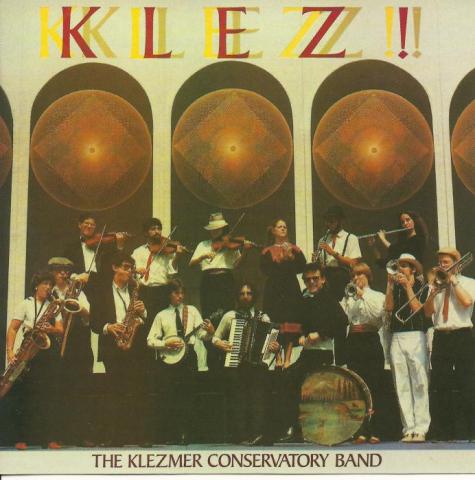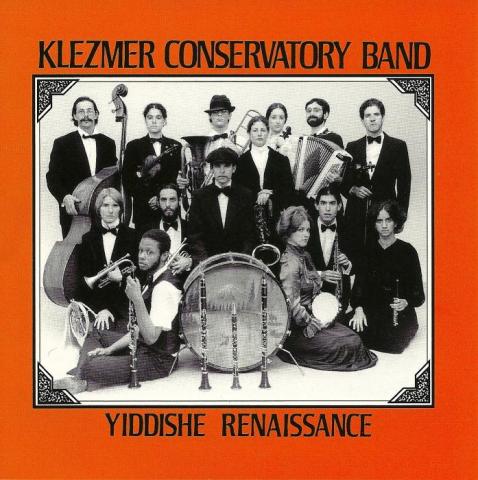Klezmer Conservatory Band

From the shtetls of Eastern Europe, through the emigration to America, from the jazz clubs of cities and the stages of Yiddish theater comes the music of the Klezmer Conservatory Band. Klezmer music began in medieval Europe, where bands of itinerant Jewish musicians went from town to town playing for Jewish festivals and special events. By the 19th century, klezmer music had become a well-developed musical style, taking its inspiration not only from the synagogue, but from the non-Jewish culture that surrounded it. In America, immigrant Jewish musicians adapted this music to the new rhythms and instruments they found, creating new klezmer forms. Until the 1940's, klezmer orchestras flourished, but with the new styles of music, and the immigrant Jews' desire to appear "American," the klezmer tradition faded. Today, however, a klezmer revival is in full swing, with the Klezmer Conservatory Band playing a prominent role. Fueled by a desire to return to his roots, and the inherent appeal of the music, Hankus Netsky, the band's founder, discovered that both a grandfather and an uncle were in Philadelphia klezmer orchestras in the 1920's. In 1980, while an instructor at the New England Conservatory of Music, he formed the band.
Since its formation in 1980 the KCB has performed concerts from coast to coast. In April of 1990, the Klezmer Conservatory Band made its debut tour abroad, performing several concerts in Germany and giving a remarkable performance at the first-ever International Yiddish Festival in Krakow, Poland. The band has toured Europe regularly, and has also appeared at Australia's Adelaide Festival, New Zealand's International Festival of the Arts and Womad.
The band has made numerous appearances on Minnesota Public Radio's A Prairie Home Companion, with Garrison Keillor. In 1994 the band performed with Joel Grey in his recreation of Mickey Katz’s Borscht Capades and appeared in a PBS special with renowned violinist Itzhak Perlman called In the Fiddler's House, filmed in Krakow, Poland and New York. The program traced the Klezmer roots of Perlman's artistry and featured the soulful sounds of the KCB. A joint recording on EMI was released in the fall of 1995 (live version was released in the fall of 1996), and "In the Fiddler's House" concerts were performed in major venues, including Wolftrap, Great Woods, Radio City Music Hall, the Ravinia Festival, the Saratoga Music Festival, and the Mann Music Center (Philadelphia). In December of 2002 the Klezmer Conservatory Band performed a concert of orchestral arrangements of klezmer and Yiddish vocal music with the Atlanta Symphony Orchestra.
KCB has the following recordings: Yiddishe Renaissance, Klez, and A Touch of Klez on the Vanguard label; Oy Chanukah, A Jumpin' Night in the Garden of Eden, Old World Beat, Live! The Thirteenth Anniversary Album, Dancing in the Aisles andthe highly acclaimed Dance Me to the End of Love on Rounder Records.Their 10th album, A Taste of Paradise was released in November of 2003. The band was featured in the 1988 documentary film, A Jumpin' Night in the Garden of Eden and was also featured in the film Enemies, A Love Story. The KCB filmed a children's video for Rabbit Ears Productions entitled “The Fool and the Flying Ship,” with narration by Robin Williams and an original score composed by Hankus Netsky, which aired nationwide on Showtime Cable Network.

